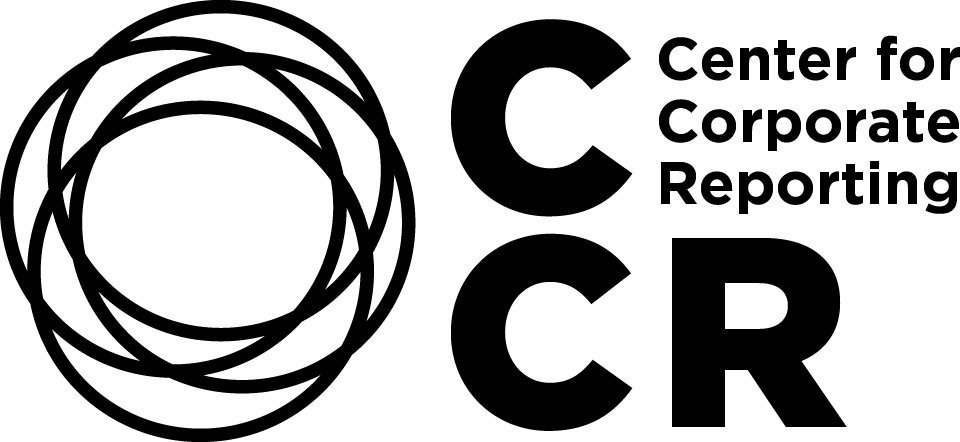Trust me, I’m working on it!
A clear purpose, strong strategic vision and a deeply embedded commitment are essential for credible communications that not only creates trust but maintains it over time. For companies looking to stand out, there’s another level to strive for: integrating key sector-specific messages to provide stakeholders with evidence about how the company is creating value for society and navigating global megatrends that are key to our collective future.
by Rosanna Campbell-Gray, Lundquist
We live in a non-linear world in which the external environment can briskly change the way companies operate. Whether it be climate change, racial injustice, a public health crisis or the circular economy, stakeholders are increasingly seeking for organisations to take a stance and provide direction about how they are handling contentious issues. In effect, stakeholder expectations surrounding social and environmental issues have shifted the communications agenda.
At Lundquist, we created .trust as a research programme to evaluate a company’s digital ecosystem as a window to get to know, interpret and engage with companies and brands. In order to capture these shifting times, we used the .trust methodology to carry out sector-specific benchmarks on three industries that have faced their fair share of distrust: energy, healthcare and financial services.
What did we learn? In short, that best practice companies are agile in their communications and responsive to the external agenda (increasingly that means consumers); that they leverage topic-specific communications to show - even visually - what their commitment means in action; and that purpose-driven communication is a mechanism to connect cold, dry strategy to the real-world impact of an organisation.
.trust Research Methodology
Leading the narrative
These sectors are all undergoing a period of radical change which is putting companies’ resilience, confidence, and culture to the test.
For pharmaceutical companies and healthcare providers, it is consumers who are driving change, demanding better, faster, and more accessible services. The sector is also under the spotlight to respond to issues regarding access and the transparency of supply chains.
In financial services, customer expectations have shifted and new players that offer banking and investment services anywhere, anytime and at little to no cost are disrupting the market and putting pressure on longer-established banks to catch up. The sector is also being remodelled around new regulations such as the EU taxonomy for sustainable investment which aims to boost the role of finance in achieving a greener and more sustainable economy.
The energy sector is facing a period of radical transformation too, driven by the urgent need to curb emissions and accelerated by innovation. External regulations, geopolitics, security of supply, surging prices and of course a growing environmental movement are all shaking the industry.
So how are these sectors adapting their communications to the rapidly evolving landscape?
Consistency and concreteness are essential to maintaining stakeholder trust and confidence during periods of change. Leaders in these sectors are expected to lean into their roles as integral and constructive members of society, even if they don’t hold the answers to all questions. This means communicating what is known, acknowledging what is unknown and highlighting action towards finding a solution.
This transitional phase also creates a window of opportunity to lead the narrative. In the absence of accessible information, stakeholders will form their own opinions, or worse, fill in the gaps with potentially unreliable or unfounded information. By using compelling narratives and storytelling as well as thought leadership, companies can take control of the narrative. Those that emerge as leaders in the .trust research do just that.
Take the energy sector, for example. While the energy transition presents challenges and risks, it also creates an opportunity to transition into purpose-led communications. The benchmark reveals two main types of purpose that are tightly linked to the current landscape. On one side we find companies that are positioning themselves at the forefront of a decarbonised energy system such as Enel, Ørsted and RWE. For others, primarily IOCs such as Shell, BP and Equinor, purpose is rooted in ensuring energy security and accessibility in line with a growing population, rapid urbanisation, and economic development.
In finance, Dutch bank Triodos has a mission “to make money work for positive social, environmental, and cultural change”. Positive impact acts as the red thread of the bank’s activities and narratives and as such, it communicates a strong and authentic identity rooted in sustainable finance.
Show, don’t tell
A purpose statement needs to go far beyond a simple slogan. It must have the power to unite management, employees, and customers all the while serving society – a multi-stakeholder approach that benefits all. If the mission is the what, the purpose is the why. It goes beyond the vision, too, which addresses where a company is headed.
The most convincing purposes are those that are rooted in context and yet link to strategic objectives. For the healthcare and banking sector in particular, this means opening up about digitisation. The best companies explicitly connect their purpose to their commitments to digitisation, innovation, and sustainability. Take AstraZeneca, whose purpose to “push the boundaries of science to deliver life-changing medicine” connects to its strategic pillar to “accelerate efforts in artificial intelligence, data science and digital technology.”
It is clear that companies recognise digitisation as a trend from various standpoints: for enhanced customer experience, to improving efficiency of operations. However, digital transformation is not yet fully valued in companies’ corporate communications. Either companies are taking the processes of digitisation for granted or lacking the confidence to discuss progress. However, relegating the topic to subsections of a company’s website under partnerships or innovation means divesting trust and credibility among stakeholders.
For social impact, seeing is believing
Stakeholder expectations are high, and it is essential for big players to go beyond generic commitments and distinguish themselves by setting goals, providing evidence and communicating progress along the way.
Generating trust will be dependent on the substance and clarity of stakeholder-centred communications. Companies must not dismiss the need to back up strategic targets with details on how they plan to reach them, both financially and organisationally.
In the banking sector, we found that 81% of our sample presented dedicated social sustainability targets. Yet only 19% showcased the progress towards such targets.
Deutsche Bank’s purpose “to enable economic growth and societal progress through its positive impact” permeates throughout its digital channels and is supported by targets, progress, and concrete actions to support society and the communities where it operates. Beyond providing stakeholders with substance, Deutsche Bank provides a strong narrative through stories and case studies which link strategy to societal goals.
The dynamics of business have changed and providing stakeholders with clear insights into how a company is adjusting to this new scenario, whether it be through strategic cross-sectoral partnerships or innovation programmes, is key to staying credible and maintaining trust.
Rosanna Campbell-Gray
Rosanna Campbell-Gray is a Consultant at Lundquist, a strategic communications and sustainability consultancy based in Milan with clients across Europe.
About Lundquist
Based in Milan and operating across Europe, Lundquist offers original thinking and an innovative approach towards strategic communication and sustainability.





